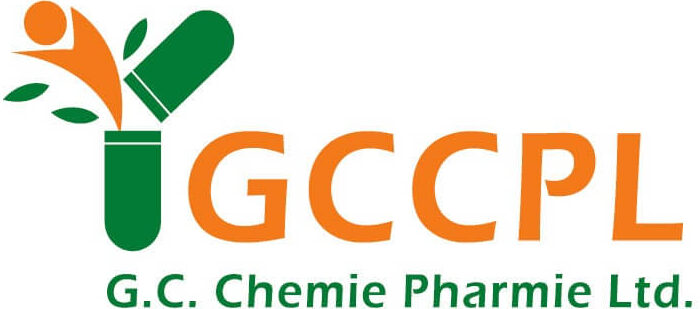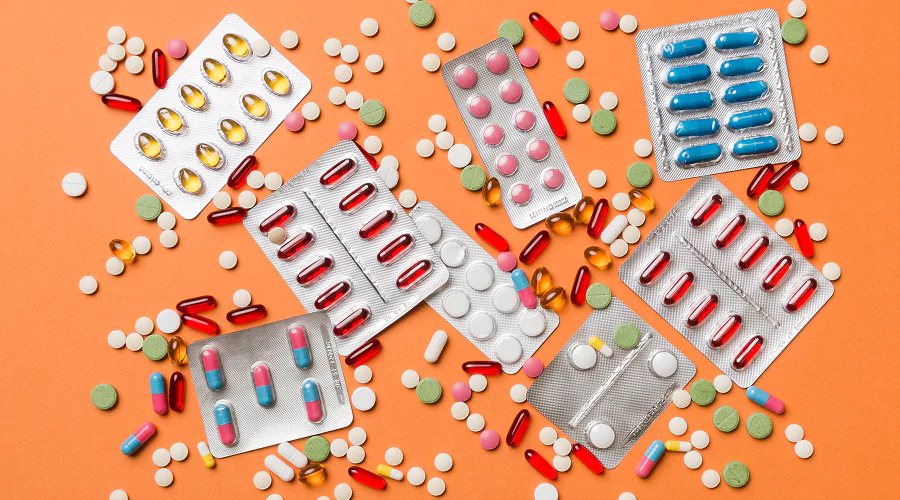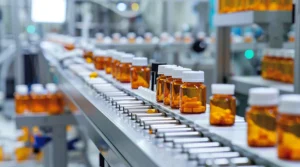Introduction
The Indian pharma sector has long been recognized as the backbone of global health, by providing reasonably priced medicines, vaccines, and active pharmaceutical ingredients (APIs) to countries worldwide.
As the Indian pharmaceutical industry rapidly evolves, new leadership roles are emerging that focus on addressing the shifting global opportunities and challenges within the sector.
Due to emerging regulations, technology, and competition, new trends in leadership roles are being developed that aim to utilize businesses’ market share, foster innovation, and create operational efficiencies.
U.S. tariff hikes, ongoing trade disputes, and disruptions to the pharmaceutical industry’s supply chains have created both opportunities and challenges.
In 2025, India is expected to focus more on quality, value-based manufacturing, and strategic market diversification as it expands its reputation as the “pharmacy of the world.”
Tariffs & Trade Wars: The Global Ripple Effect
Protectionist measures and trade disputes are also transforming the pharmaceutical industry in India, just as they are reshaping industries around the world.
The U.S. tariff hikes on specific medical imports are a defined method to re-shore manufacturing and reduce the U.S.’s reliance on countries such as India and the China, in addition to being an economic measure.
The tariffs present both an opportunity and a challenge for the Indian pharma sector; on one hand, they can impact costs and the ability for Indian exporters to be competitive in their exports to the USA, but intensifying geopolitical tensions with China may compel the USA to build stronger ties with India and create an alternative supply chain.
APIs & Supply Chains: India’s Strategic Advantage
India is the world’s largest supplier of the generic medications and is also home to more than 1,500 pharmaceutical manufacturing enterprises. However, its API ecosystem is its true power. With more than 500 active pharmaceutical ingredient suppliers dispersed throughout the nation, India has perfected the art of producing APIs while balancing cost-effectiveness and legal compliance.
Strong R&D, modern facilities, and adherence to international quality standards, like WHO-GMP, USFDA, and EUGMP, support API production and API manufacturers in India. It makes Indian pharmaceutical providers appealing to global firms seeking quality on a large scale, as well as to small-scale pharmaceutical enterprises.
Furthermore, given the ongoing increases in U.S. tariffs on Chinese goods, international corporations are beginning to see India as a trustworthy partner for APIs and intermediates. This trend presents India as a reliable long-term partner for global pharmaceutical security in addition to being an affordable choice.
Outsource Manufacturing: India as a Global Hub
The reputational bedrock of the Indian pharmaceutical industry as a leading outsourced manufacturing hub is well-earned from its skilled workforce, low manufacturing costs, and commitment to global quality standards.
In light of the rapid expansion of the Indian economy, the government has strategically identified the ambitious objective of the Indian economy reaching an estimated $30 trillion to $35 trillion by 2047. With its extensive global reach, the pharmaceutical industry is central to this growth strategy.
By utilizing third-party outsource manufacturing of the pharmaceutical products, marketing firms can allocate their resources toward the branding, sales, and distribution. At the same time, the outsourced manufacturer is responsible for production, packaging, and compliance.
Indian outsource manufacturing pharmaceutical companies offer scalable, end-to-end solutions that meet the needs of existing pharmaceutical brands, as well as new and start-up pharmaceutical companies, with offerings ranging from generic drugs to therapeutic products and nutraceuticals.
The Road Ahead: Challenges & Opportunities in 2025
Even if the future appears bright, the Indian pharmaceutical sector still faces several issues that it must resolve immediately.
- Increased expenses for exporters due to U.S. tariffs hikes may make them less competitive in essential markets.
- India continues to import a sizable amount of its raw materials from China, notwithstanding its advances. Long-term independence depends on strengthening local API manufacturers in India.
- Increasing reliance on outsource manufacturing improves India’s status as a global hub.
What’s Next for India’s Pharma Sector?
The U.S. government, just last week, placed a 10% tariff on drugs from the UK and a 15% tariff on medicines from the EU and Japan, departing from the long-held tradition that excluded pharmaceuticals from tariff disputes, given their essential nature for public health.
The fate of these tariffs is uncertain and will rely on the outcome of the Section 232 investigation. Trump stated that any additional tariffs would be phased in over the next 18 months to sustain the US’s medicine supply chains and return production to US soil.
This approach assumes that tariffs will increase the cost of imported medicines, prompting customers to opt for domestic options while generating jobs and stimulating pharmaceutical manufacturing in the US.
In the future, the pharmaceutical industry in India will need to continue enhancing its own capabilities, investing in research, and expanding international partnerships. In doing so, the sector can reinforce its position as the global pharmacy and capitalize on challenges to create new opportunities.
Conclusion
The Indian pharma sector will face disruption and innovation in 2025. India remains the focal point for strengthening pharmaceutical supply chains. While tariff and trade-export challenges are short-term hurdles for the USA, they will eventually open up opportunities for Indian API producers.
India is so central in the global pharma ecosystem today, especially in light of the increasing importance of outsourced manufacturing. It also cannot be matched in a state of acute resilience and growth trajectory as the environment continues to evolve.
FAQs
How will U.S. tariff hikes impact the Indian pharma sector in 2025?
Indian pharmaceutical exporters are expected to face higher costs due to new tariff increases that the United States plans to implement globally in 2025, which is likely to reduce profitability and render low-cost generic exports unprofitable for these exporters. It may lead to disruptions in supply chain, which will likely also negatively alter Indian pharmaceutical companies’ overall profitability.
Why are API manufacturers in India gaining importance globally?
Indian API producers have received increasing global recognition primarily for their ability to mass-produce at low costs and for their scientific compliance with safety regulatory agencies, like the US FDA and the EMA.
What role does outsourced manufacturing play in the pharmaceutical industry in India?
The significance of outsourcing in the pharmaceutical sector in India lies in its ability to enable both national and international firms to reduce production costs, offer quicker access to new markets, and scale up operations.
How are supply chains in pharma evolving post-trade wars?
As a result of trade wars, the pharmaceutical supply chain is transitioning from a globally outsourced and cost-driven model to one that is more resilient, transparent, and regionalized.
Is India reducing its dependence on China for raw materials?
India is working to buffer its dependence on China for raw materials. However, India still needs to undertake significant work, including advancing the Atmanirbhar Bharat (Self-Reliant India) initiative, making substantial capital investments in domestic manufacturing, diversifying supply chains through partnerships, and recycling strategic minerals.





